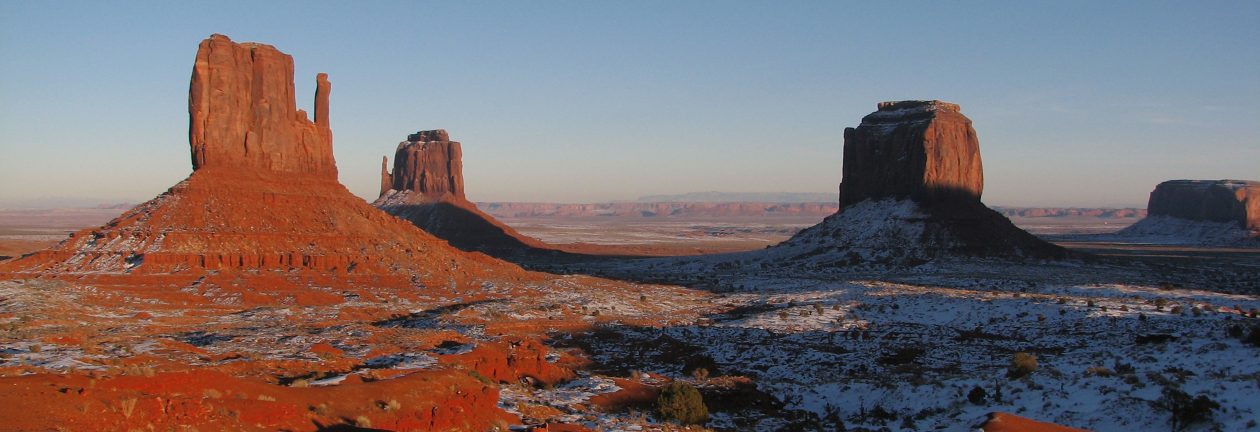Stonehenge, England, Great Britain
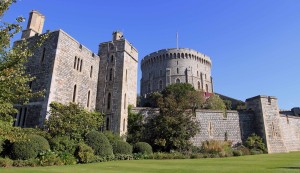
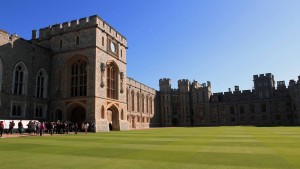
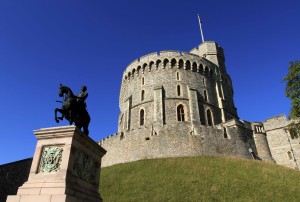
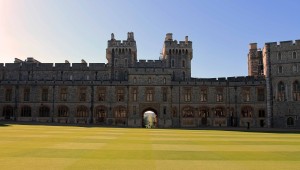
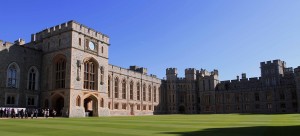
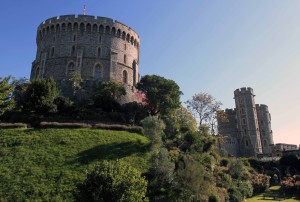
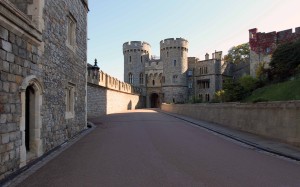
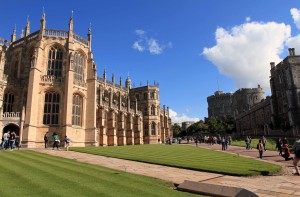
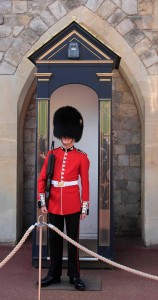
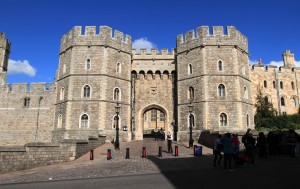
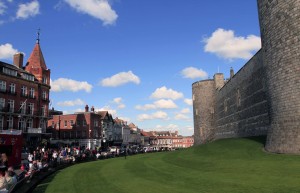
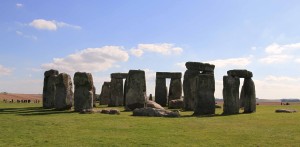
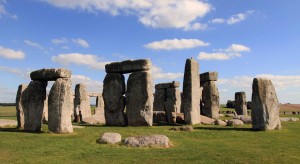
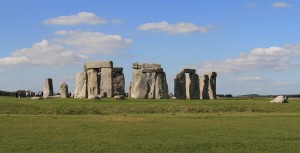
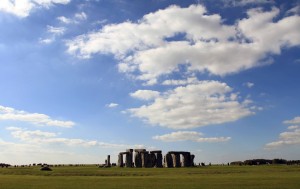
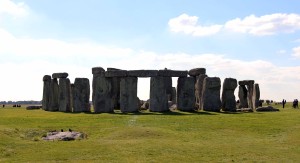
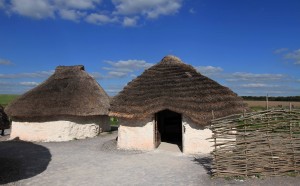
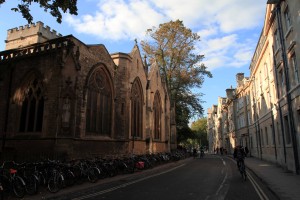
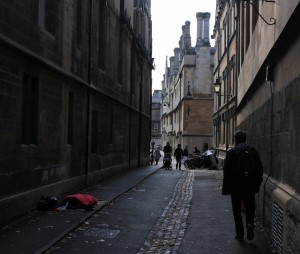
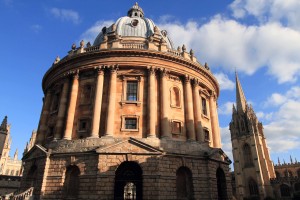
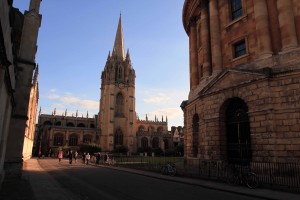
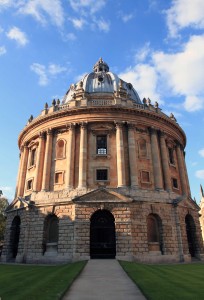
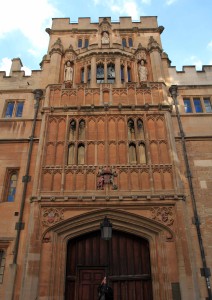
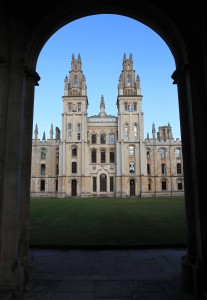
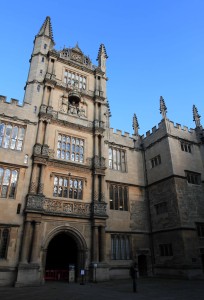
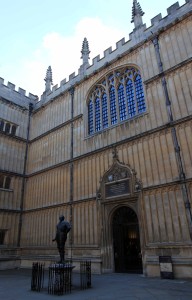
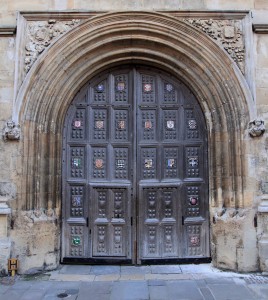
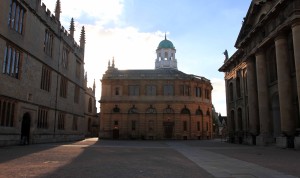
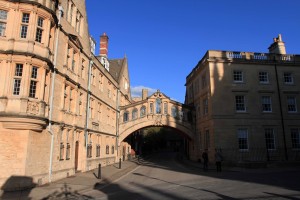
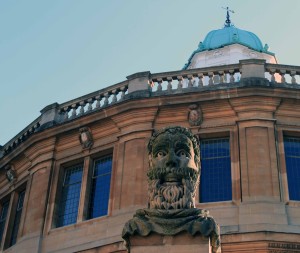
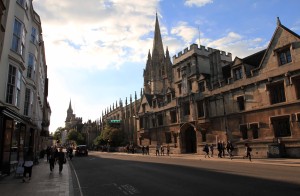
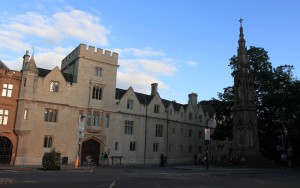
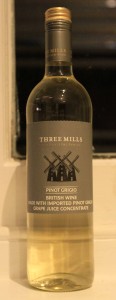
I woke up and got out of bed at 06:40. Next, I showered, dressed, got ready, and exited the hostel by 07:30. I then rode the Tube from Angel Station to Victoria Station, finally arriving at 08:10 thanks to “severe delays” on the track. I then walked to the meeting point for the tour I’d be taking today (Windsor Castle, Stonehenge, and Oxford) right outside of the tour company’s office. Around 08:30, the tour guide came around and checked our tickets and then led us to the bus. After taking our seats and taking a head-count, the bus departed at 08:45. We then drove to another meeting point to pick up two additional passengers, passing by Harrods on the way, before heading out west to Windsor Castle. We reached the parking lot at Windsor Castle at 09:33 and then walked past the quaint railway station and luxury shops to the long line of tour groups waiting to enter inside the castle grounds. After waiting a considerable amount of time, I finally passed through the security check after 10:10, skipped the audio guide (I didn’t have time to learn the history of each piece of royal furniture inside the State Apartments, since I had to be back on the bus at 11:45), and made my way to the Quadrangle to take some nice photographs of the estate. Next, I walked around the Round Tower, to the North Terrace, and to the State Apartments. Before entering the State Apartments, I looked at Queen Mary’s Dolls’ House, which was a very detailed and elaborate structure complete with tiny books with actual printed words (although I was told you would need a magnifying glass to actually read it), miniature bottles of wine (filled with real wine), and functioning toilets (so I was told). There was also a collection of designer doll dresses. After that little bit of extravagance, I walked in to the State Apartments and viewed an extreme amount of extravagance. Going from room to room (rather quickly, given the amount of time I had before having to be back on the bus), I viewed priceless paintings, exquisite interior decorations, an absurd amount of historic arms and armor, and an infatuation with Napoleon (it appears many European monarchs had an infatuation with the Emperor given how many artifacts they have in their collection that come from him or his royal entourage). After moving through each room that was open to us pauper visitors (which had to be restored after the fire in 1992 AD – I wonder how many treasures were destroyed), I exited the State Departments and walked to St. George’s Chapel, which was not open to visitors today (it being a Sunday), before exiting Windsor Castle from the Lower Ward. I then walked back to the tour bus, stopping at a shop in the way to buy an aloe vera drink (I love this stuff), chips, and a chicken salad sandwich. As it turned out, I was the first one to reach the bus, at 11:30 (that means I could’ve admired the royal furniture some more). After everyone came back to the bus and found their seats, we departed the parking lot at 11:55 (apparently the tour guide will wait ten minutes after the departure time, but no more) and drove to our next destination: Stonehenge. During the drive out west, I ate the food I had purchased earlier and viewed the English countryside out the window. As we neared Stonehenge, we drove through Larkhill (the Royal Artillery base nearby). We reached the parking lot for Stonehenge at 13:35 and then waited for the tour guide to bring us our tickets before we disembarked and walked to the visitor center and waited in line to board the shuttle bus that takes visitors to and back to the roughly 4500-year old monument. After getting on and riding the shuttle bus to Stonehenge, I exited the vehicle and walked to and around the monument, taking many photographs (unfortunately the sun was in a poor position and I had wished I had come here in the morning). After walking around Stonehenge (counterclockwise) and enjoying it as much as I could, I joined the line for the shuttle bus back to the visitor center and rode it back at 14:25. With the little bit of excessive time I had left, I visited the small replica huts (supposedly the type the builders of Stonehenge would’ve lived in) adjacent to the visitor center. I then walked back and reached the bus at 14:42; of course, if I made it back so soon to the start time, then surely we’d have to wait a while for most of the rest of the group to waddle on back. The bus finally departed at 14:58 and we drove to our last destination: Oxford. We reached Oxford at 16:28, departed the bus, and our tour guide walked us around. She showed us the Martyrs’ Memorial (where three bishops who would not reconvert to Catholicism during the reign of Queen Mary were burned), Randolph Hotel), the Church of St. Mary the Virgin (the oldest building at the university), Radcliffe Camera (the newest building), the Bridge of Sighs (named so due to its resemblance to the one in Venice and used to serve the same purpose (roughly)), and several of the famous colleges located on the university. We finished our walking tour at 17:05 and then I wandered around the university community (the oldest in England) for a while before returning to the bus shortly after 17:30. The rest of the tour group then made it to the bus and after a final headcount, the bus departed at 17:40 and we made our way back to London.
The bus returned to London and made two stops before finally coming back to Victoria Station at 19:44. I then rode the Tube back to Angel Station and walked back to the hostel to drop my camera off. Next, I walked to the nearest Pizza Express (a chain restaurant in The United Kingdom that serves Roma pizzas) and had beer, garlic bread, and a spicy pizza topped with pepperoni, green and roquito peppers, red chilies, soft ‘nduja sausages, and buffalo mozzarella. After dinner, I bought a beer and a bottle of English Pinot Grigio before returning to the hostel. Next, I took out my laptop and opened the bottle of Pinot Grigio, which was actually made from imported Pinot Grigio grape juice concentrate and then produced in England; as expected, given its origins, the wine tasted like ass; it was far too sour and tasted of tart berries and lemons – what a shame. Finally, around 02:00, I went to bed.
